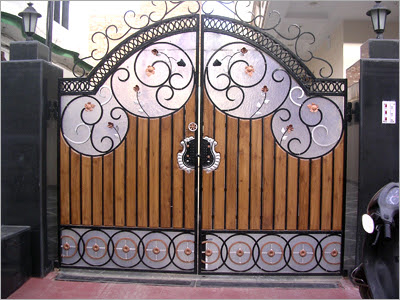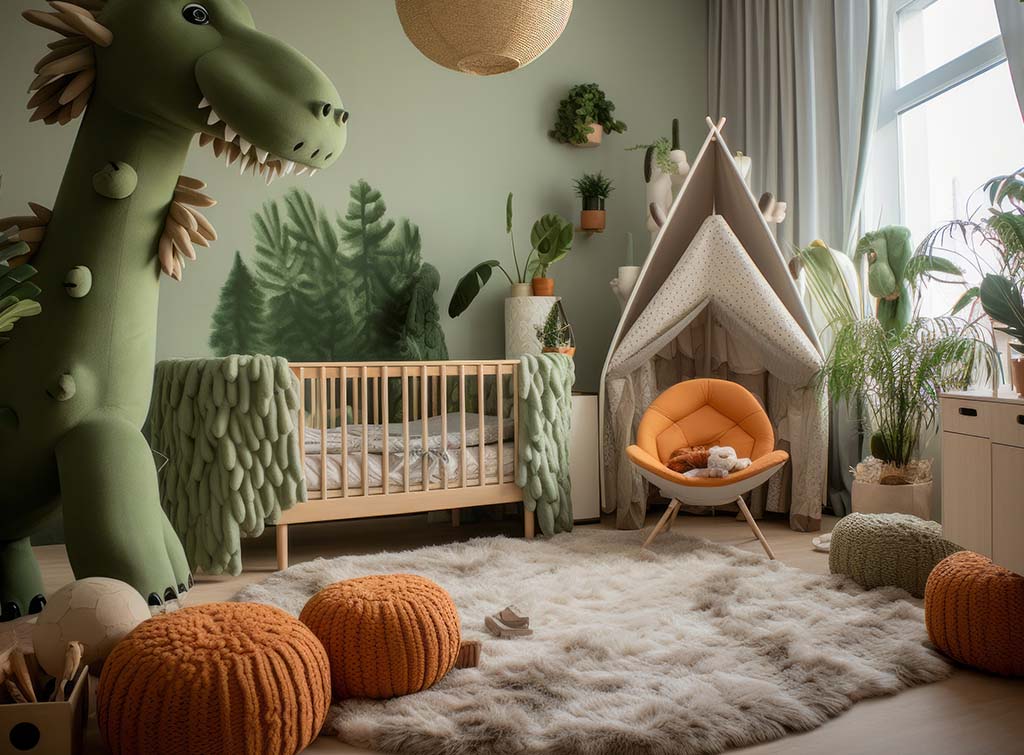A Short History Of Dining Room Furniture
.jpg) Dining room furniture has seen a lot of changes over the years. This is mainly due to the changes in dining and the needs of the person buying the furniture. To understand the influences on society that brought about changes in the dining experience we need to go back many centuries.
Dining room furniture has seen a lot of changes over the years. This is mainly due to the changes in dining and the needs of the person buying the furniture. To understand the influences on society that brought about changes in the dining experience we need to go back many centuries.
The idea of communal meals originated in Europe in the Middle Ages. During this time evening meals were grand affairs that took place in great halls. Such events were mainly for the aristocracy and upper class of the time, with the lower classes very much at the fringes. It was also a time when people did not eat from plates, instead the food was served on top of a piece of bread called a trencher.
The social class structure was reflected in the seating arrangement at these large meal time gatherings. Diners sat on benches around long trestle tables. The host family sat raised above the others, at the centre of the dining room. Less important gentry were lower and sat further away from the head of the table depending on their role in life.
This changed around the time that Henry the Eighth dissolved the monasteries in England. This caused divisions and tensions between Catholics and Protestants, making mass communal meals difficult. To help minimise tension between people of these different religious allegiances, parlour rooms were established to separate those within the household of different beliefs, whist dining.
The design and size of tables and seating changed to reflect the smaller numbers dining together and the limited size of the parlour rooms. This was how our current arrangement of places for individual diners originated. Over time, the idea of the dining room as a more intimate space for eating in evolved. The large halls in turn were used for special occasions and grand banquets.
Another change that came about was locating the dining room adjacent to the kitchen. This is contrast to the Middle Ages when the kitchen was generally on a different floor to the eating area. As affluence increased so the number of homes increased such that more people cooked and entertained in their own homes and needed to be able to serve food quickly, conveniently and safely (without climbing up stairs!).
Dining room furniture has changed over the years to adapt to the changing needs of society. Some people enjoy the comfort and luxury of leather chairs and wooden tables. By contrast in recent times there is a trend towards minimalist items of furniture, with glass tables and plastic padded furniture being popular. As the dining experience becomes less formal so society’s choice of style and type of table and chair is changing.

:max_bytes(150000):strip_icc()/27372_LBurton_101822_05-4648d290e31e4097823387ecebc4f280.jpg)






